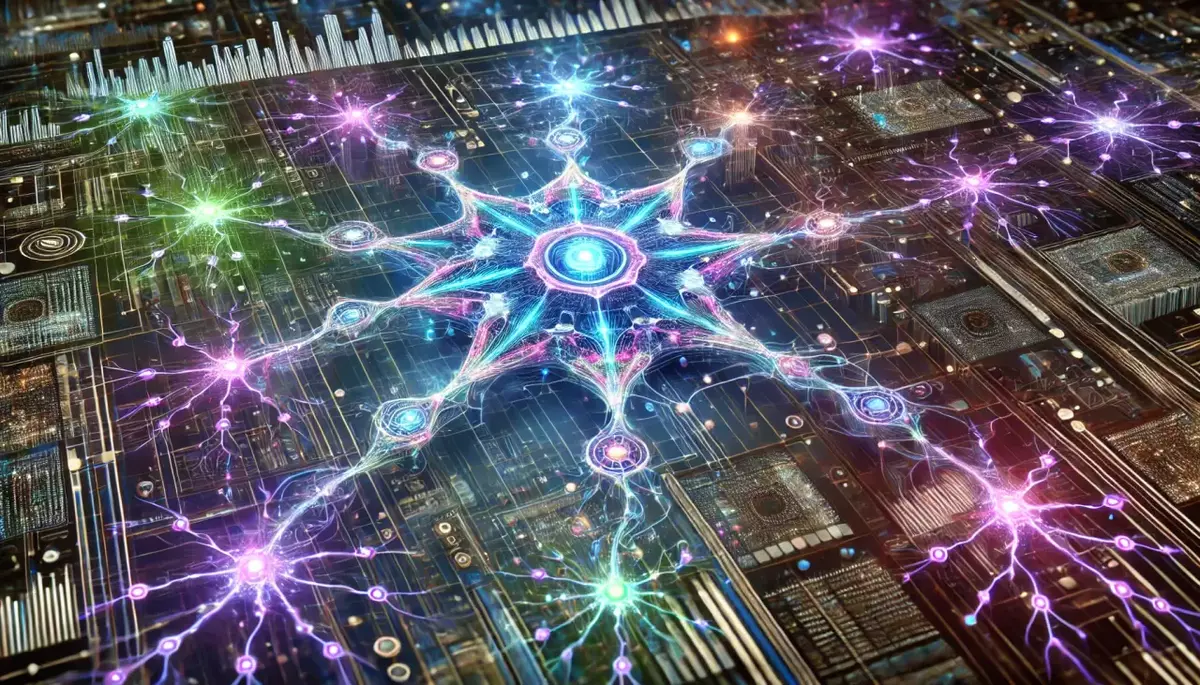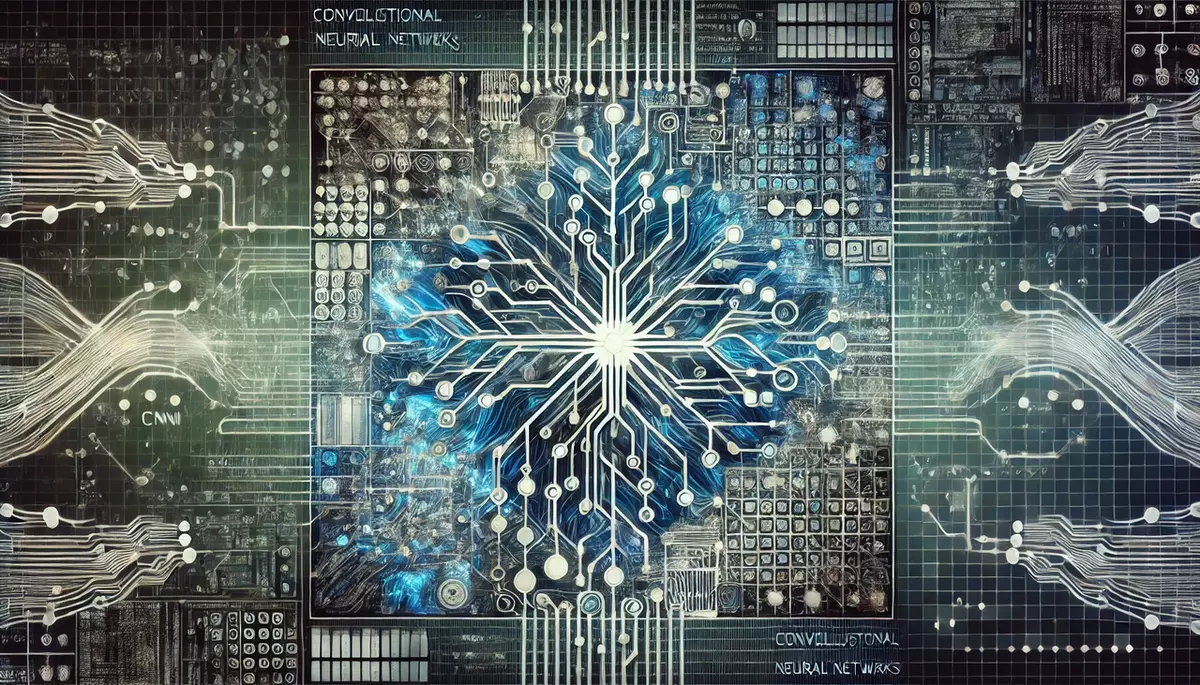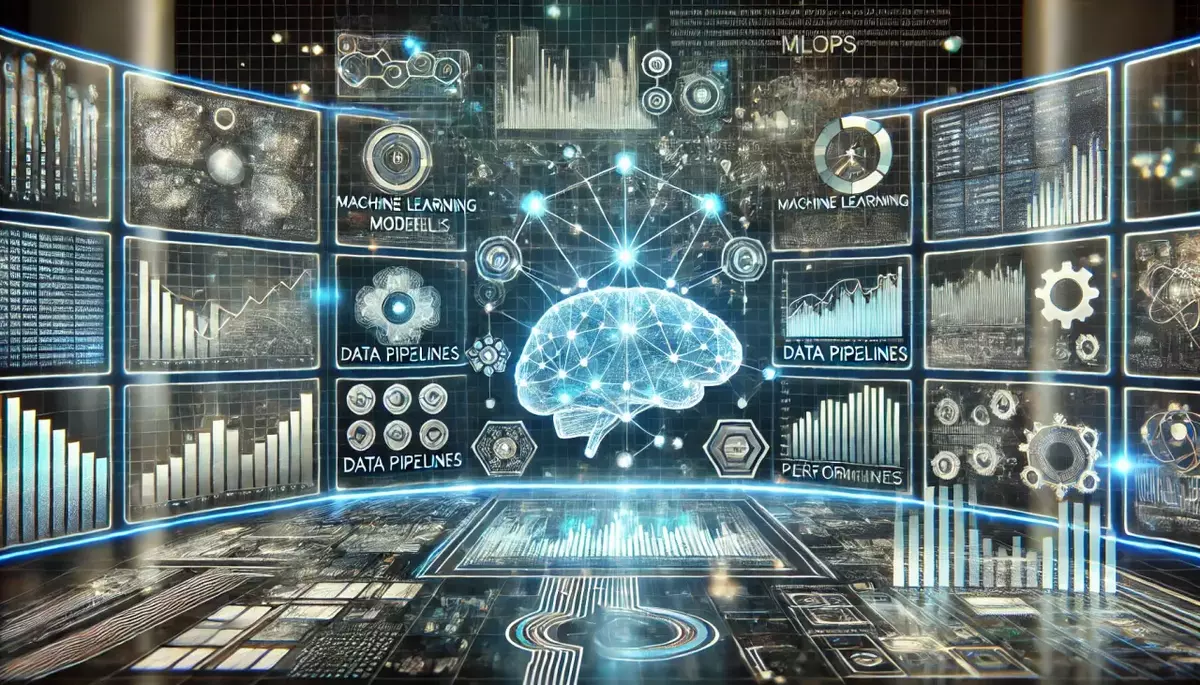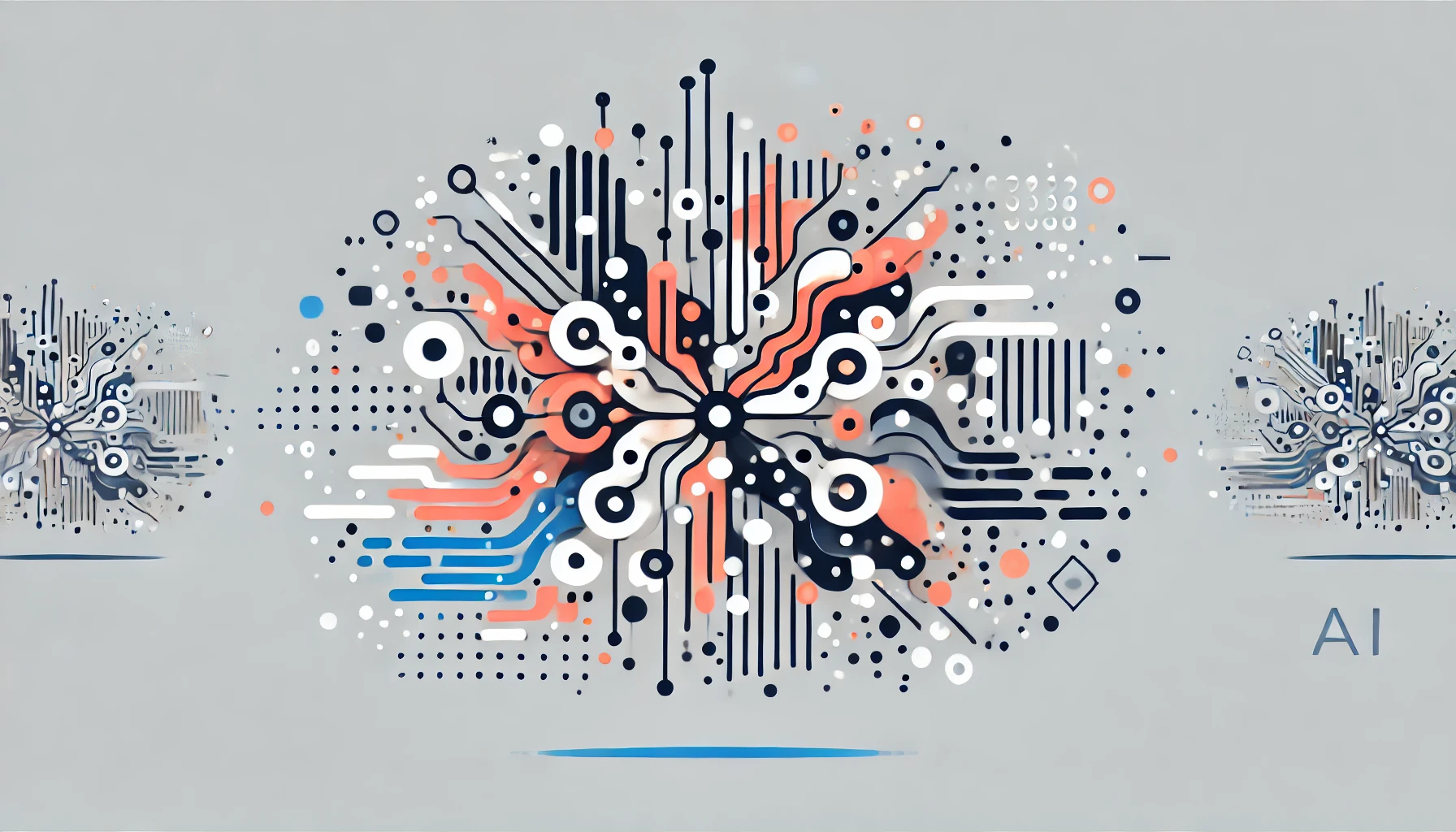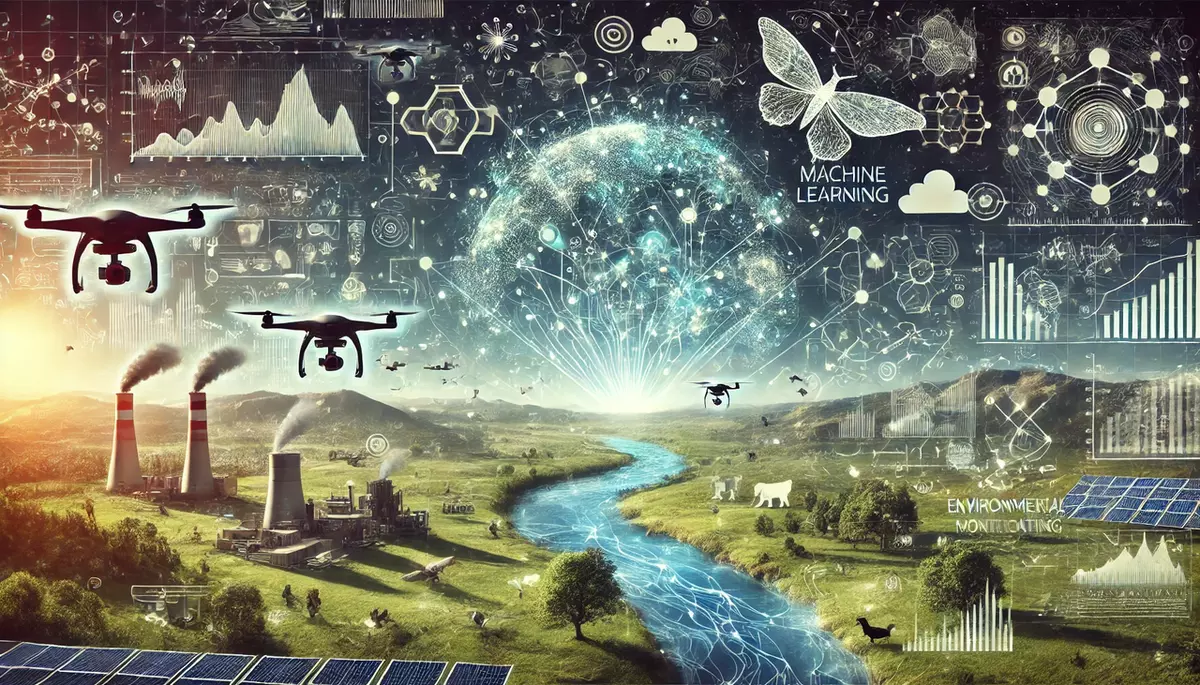Introduction
Artificial neurons, also known as perceptrons or nodes, are the fundamental building blocks of artificial neural networks (ANNs), which are a key component of modern artificial intelligence (AI) and machine learning. These artificial neurons are designed to mimic the behavior of biological neurons found in the human brain, allowing for the development of intelligent systems capable of learning and making decisions.
What are Artificial Neurons?
Artificial neurons are mathematical models that are used to simulate the function of biological neurons. They are composed of a set of inputs, a set of weights, a bias, and an activation function that determines the output of the neuron based on the weighted sum of its inputs.
Key Components of an Artificial Neuron:
- Inputs: The data or features that are fed into the neuron, represented as numerical values.
- Weights: Numerical values that determine the importance or influence of each input on the neuron’s output.
- Bias: A constant value that is added to the weighted sum of the inputs, allowing the neuron to shift its activation function.
- Activation Function: A mathematical function that determines the output of the neuron based on the weighted sum of its inputs and the bias.
How Do Artificial Neurons Work?
Artificial neurons work by taking in a set of inputs, multiplying each input by its corresponding weight, summing the weighted inputs, and then applying an activation function to produce the neuron’s output. This process can be represented by the following mathematical equation:
The Artificial Neuron Equation:
Output = Activation Function(Σ(Input * Weight) + Bias)
The activation function is a crucial component of the artificial neuron, as it determines the non-linear behavior of the neuron and allows for the representation of complex patterns in the data.
Types of Activation Functions
There are several types of activation functions used in artificial neurons, each with its own characteristics and applications:
Common Activation Functions:
- Sigmoid Function: Produces an S-shaped output between 0 and 1, commonly used in binary classification tasks.
- Tanh Function: Produces an S-shaped output between -1 and 1, useful for representing positive and negative values.
- ReLU (Rectified Linear Unit): Produces a linear output for positive inputs and 0 for negative inputs, known for its computational efficiency.
- Softmax Function: Produces a probability distribution over multiple classes, used in multi-class classification problems.
Applications of Artificial Neurons
Artificial neurons are the fundamental building blocks of artificial neural networks, which have a wide range of applications in various fields:
Applications of Artificial Neurons:
- Image Recognition: Identifying and classifying objects, faces, and other visual patterns.
- Natural Language Processing: Understanding and generating human language, including tasks like translation and sentiment analysis.
- Predictive Modeling: Forecasting future events, trends, and outcomes based on historical data.
- Robotics and Control Systems: Enabling autonomous decision-making and control in robotic systems.
- Anomaly Detection: Identifying unusual or unexpected patterns in data, such as fraud detection or system failures.
Challenges and Limitations
While artificial neurons have proven to be powerful tools in AI and machine learning, they also face certain challenges and limitations:
Challenges and Limitations:
- Interpretability: The inner workings of artificial neurons can be complex and difficult to interpret, making it challenging to understand how they arrive at their decisions.
- Data Dependency: Artificial neurons require large amounts of high-quality training data to learn effectively, which can be time-consuming and expensive to obtain.
- Computational Complexity: Training and running artificial neural networks can be computationally intensive, especially for large-scale problems.
- Overfitting: Artificial neurons can sometimes learn to fit the training data too closely, leading to poor generalization to new, unseen data.
Future Developments
The field of artificial neurons and neural networks is rapidly evolving, with ongoing research and development aimed at addressing the current challenges and limitations:
Future Developments:
- Explainable AI: Developing techniques to make the decision-making process of artificial neurons more interpretable and transparent.
- Efficient Neural Network Architectures: Designing more compact and computationally efficient neural network architectures to improve scalability and deployment on resource-constrained devices.
- Unsupervised and Semi-supervised Learning: Advancing techniques that can learn from unlabeled or partially labeled data, reducing the need for large labeled datasets.
- Neuromorphic Computing: Developing hardware architectures that mimic the structure and function of biological neural networks, potentially leading to more energy-efficient and parallel computing systems.
Conclusion
Artificial neurons are the fundamental building blocks of artificial neural networks, which have become a crucial component of modern AI and machine learning. By mimicking the behavior of biological neurons, artificial neurons enable the development of intelligent systems capable of learning and making decisions. As the field continues to evolve, the ongoing research and development in artificial neurons and neural networks promise to unlock new possibilities in a wide range of applications.
This knowledge base article is provided by Fabled Sky Research, a company dedicated to exploring and disseminating information on cutting-edge technologies. For more information, please visit our website at https://fabledsky.com/.
References
- Goodfellow, I., Bengio, Y., & Courville, A. (2016). Deep Learning. MIT Press.
- Haykin, S. (2009). Neural Networks and Learning Machines (3rd ed.). Pearson.
- Rojas, R. (1996). Neural Networks: A Systematic Introduction. Springer.
- Nielsen, M. A. (2015). Neural Networks and Deep Learning. Determination Press.
- Schmidhuber, J. (2015). Deep learning in neural networks: An overview. Neural Networks, 61, 85-117.

